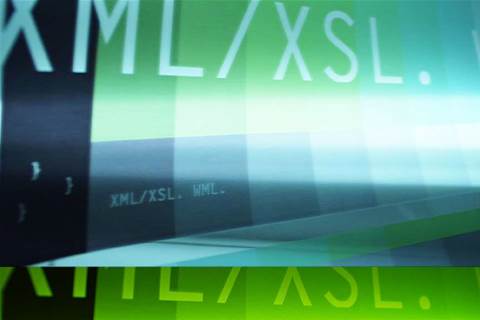BEA Systems has unveiled an event server that aims to replace C and C++ tools with Java-based versions.
Event servers offer real-time data analysis, processing a high volume of messages or events and applying them to a large set of predefined rules.
BEA's event server processes up to 50,000 events per second and can apply 10,000 rules against that information.
The software could allow airlines to anticipate weather related delays, for example, and reroute passengers and their luggage automatically as well as assign pilots and cabin crews to equipment.
An event server can also be used to monitor a corporate computer network, assigning and removing application resources such as memory and processor power depending on demand.
The alternative is periodical data analysis, which provides a snapshot of the data by analysing information stored in a database.
Guy Churchward, vice president of WebLogic at BEA, compared the value of data produced by event servers to sushi in that both lose their value if they are not fresh.
"Instead of taking data, putting it in a database and 'at rest' taking a look at it in a retrospective fashion, you are harnessing the value of 'now data' allowing you to make competitive decisions," Churchward told vnunet in an interview.
An event server works on the premise that data is valuable sometimes, but can be ignored at other times, and sends out alerts only in specific circumstances.
By contrast, regular applications allow users to deal with predictable processes that happen on a regular basis.
BEA is also a strong contender in the nascent service oriented architecture (SOA) market, which allows companies to reuse application code and build new software from ready-made building blocks.
By combining the two, users can create an 'event driven SOA' that allows applications to act automatically on alerts.
Event servers are already available, but most use tools programmed in C or C++. BEA's event server allows applications to be programmed in Java.
Java is a key component of SOAs, and most companies have in-house expertise on the technique. Java applications also are easier to upgrade and maintain.
Churchward claimed that future versions of the BEA event server will further increase the speed at which it processes events and rules, allowing it to surpass the performance of competing products.
Jason Bloomberg, a senior analyst at Zapthink, welcomed BEA's move into event servers and the combination with SOAs, but raised questions about the way the company is positioning its software.
A BEA press release described the firm's entry into "event-driven architecture" as a separate market but also mentioned event-driven SOAs. Bloomberg warned that the move may confuse customers.
"Many organisations are confused about the differences between events and services. The fact of the matter is that SOAs should be event driven," Bloomberg told vnunet.
BEA marries SOA and Event Server
By
Tom Sanders
on May 30, 2007 7:43AM

Got a news tip for our journalists? Share it with us anonymously here.
Partner Content

Tech Data: Driving partner success in a digital-first economy
_(11).jpg&h=142&w=230&c=1&s=1)
The Compliance Dilemma for Technology Partners: Risk, Revenue, and Reputation

Shure Microsoft Certified Audio for Teams Rooms

Tech Buying Budgets for SMBs on the Rise

Channel faces AI-fuelled risk as partners lag on data resilience, Dicker Data summit told




.jpg&w=100&c=1&s=0)
_(8).jpg&w=100&c=1&s=0)









.jpg&q=95&h=298&w=480&c=1&s=1)


